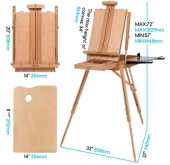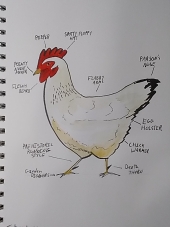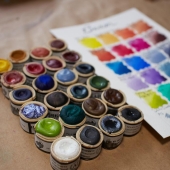
 1
1




 2
2












 3
3




 2
2




 5
5













 2
2











 5
5




 2
2











 2
2




 2
2











 2
2




 2
2




 2
2




Jenny Wright wrote:Do needed erasers work without messing up the paper sizing? Those you don't rub with, you just press and lift so they are gentler.







 2
2











 2
2




Read about Permies.com site basics in this thread: https://permies.com/t/43625/Universal

|
yeah, but ... what would PIE do? Especially concerning this tiny ad:
The new kickstarter is now live!
https://www.kickstarter.com/projects/paulwheaton/garden-cards
|








